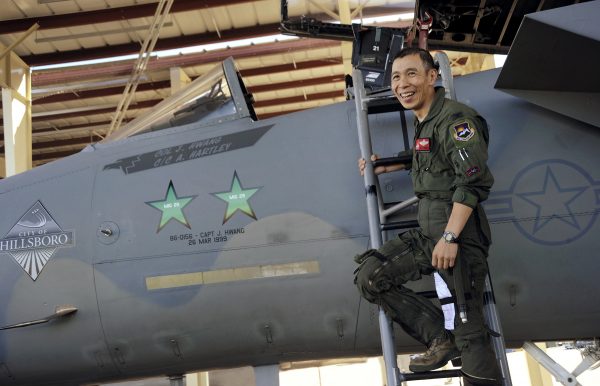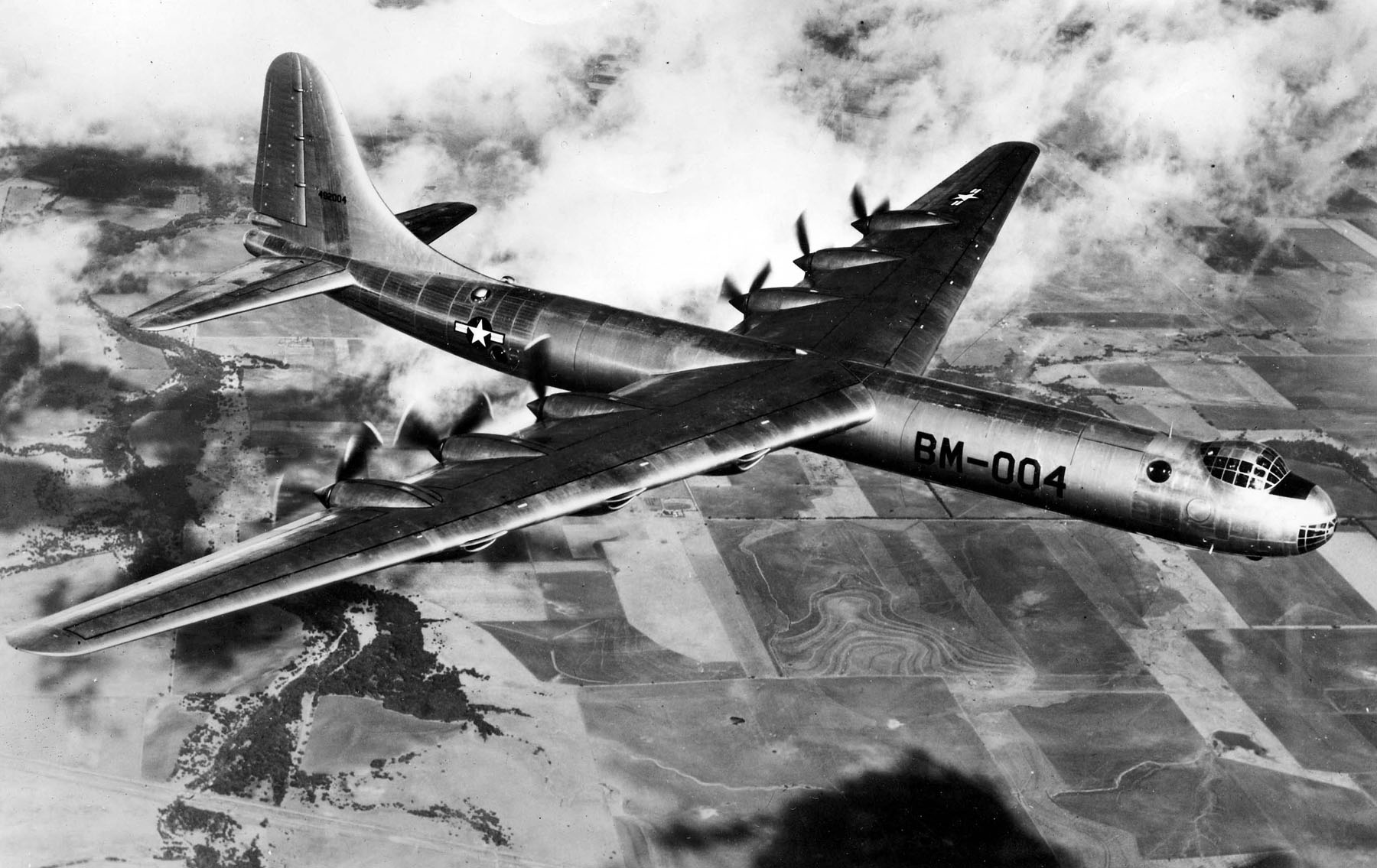March 26 in U.S. military history
1942: Rear Admiral John W. Wilcox, Jr.’s Task Force 39, consisting of the battleship USS Washington, aircraft carrier USS Wasp, the cruisers Wichita and Tuscaloosa, and eight destroyers depart for Britain, where they will join the Royal Navy’s Home Fleet. The following day, Adm. Wilcox is swept overboard by high seas and drowns.
1944: 15 soldiers from Company D of the Office of Strategic Services’ 2677th Special Reconnaissance Battalion, captured while attempting to sabotage rail lines some 250 miles behind enemy lines, are shot by German firing squad and dumped in a mass grave. The Americans were wearing Army uniforms and should have been treated as prisoners of war. The German officer that ordered the execution, Gen. Anton Dostler, is himself captured by the Americans and is executed by firing squad after a tribunal.
1945: Gen. George Patton dispatches a 300-man force on a secret mission to liberate a prisoner-of-war camp near Hammelburg, Germany. The mission behind enemy lines is a failure – dozens of tanks and vehicles are lost and only 35 men return, with the remaining would-be rescuers themselves becoming prisoners
The operation was surrounded in controversy as some believed Patton ordered the risky mission because his son-in-law John K. Waters, captured by the Germans in Tunisia, was interred at the camp. Waters will ultimately become a four-star general, commanding all Army forces in the Pacific 20 years after World War II.
1954: In the Bikini Atoll, the United States sets off a TX-17 thermonuclear device, which produces far more yield than designers had planned. At 11 megatons (instead of an estimated 3-5), the “Castle Bravo” test is the third-largest ever conducted by the United States. The prototype used on this date becomes the Mark 17 bomb, carried by the massive B-36 “Peacemaker” bomber, and is the first mass produced and air-deployed thermonuclear weapon in the U.S. arsenal.
Incidentally, the 10-engine B-36 made its first flight on this date in 1949.
1957: The Army Ballistic Missile Agency launches a Jupiter rocket carrying the Explorer 3 satellite. During its mission, Explorer 3 discovers the Van Allen radiation belts. In addition to carrying research payloads, the Jupiter rocket also serves as America’s first nuclear-tipped medium range ballistic missile. It was developed by a team of former German scientists, led by Wernher von Braun.
Two years later – to the day – the Italy agrees to the deployment of two Jupiter ballistic missile squadrons. Italy will operate the missiles with U.S. personnel overseeing the nuclear warheads.
1999: U.S. Air Force Capt. Jefffrey C. “Claw” Hwang is patrolling over the Bosnia/Yugoslavia border when he spots two contacts on his F-15C’s radar. He closes in and fires two AMRAAM AIM-120 missiles and both hit their targets, splashing two Yugoslavian MiG-29s. Claw’s tallies mark the third and fourth aerial victories during Operation ALLIED FORCE. His jet is now on display in the National Museum of the U.S. Air Force.

